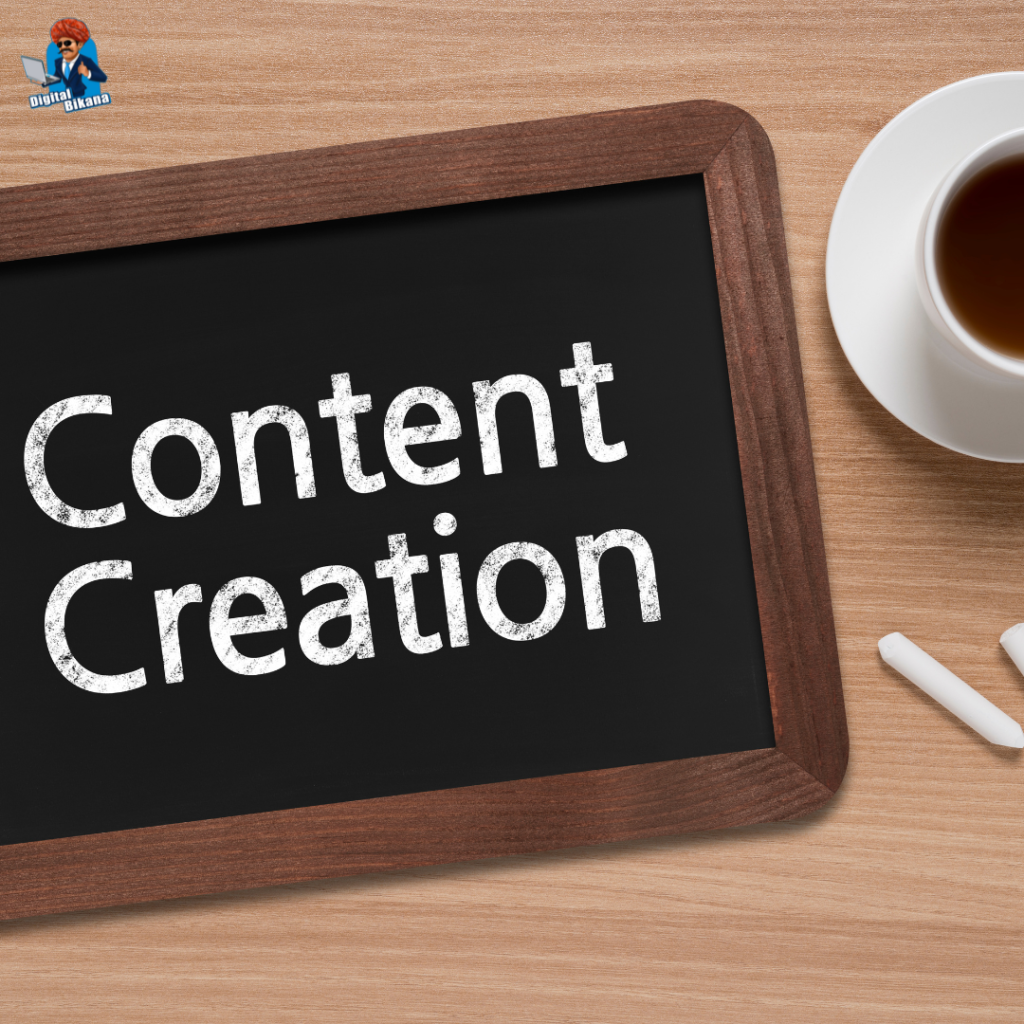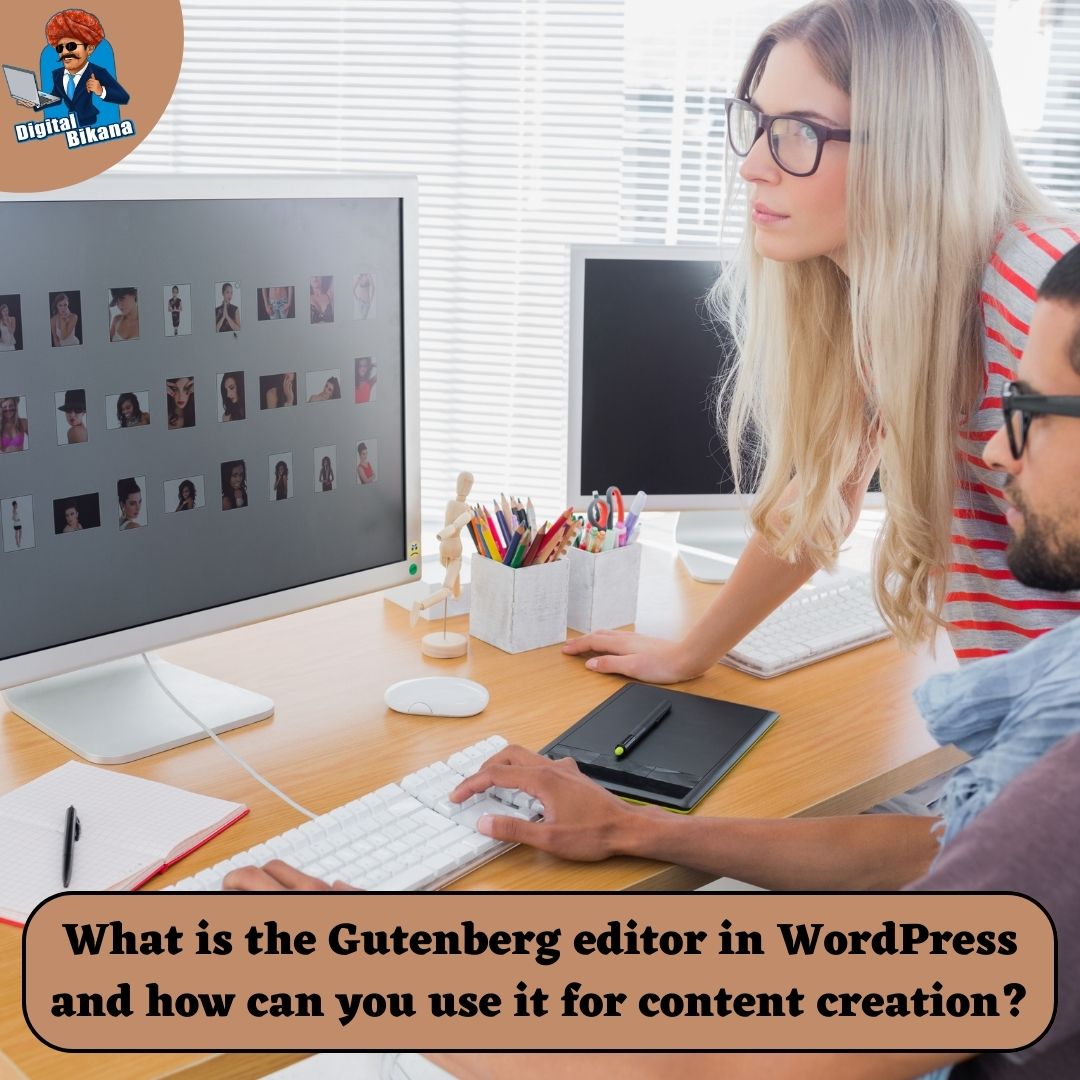What is the Gutenberg editor in WordPress and how can you use it?
In this article we are going to talk about What is the Gutenberg editor in WordPress and how can you use it for content creation? WordPress has long been a popular platform for website development and content creation, offering users a versatile and user-friendly environment. In an effort to enhance the content creation experience, WordPress introduced the Gutenberg editor. Gutenberg is a tool for WordPress websites that makes it easier to create and manage content. It’s named after Johannes Gutenberg, the inventor of the printing press, and it brings a revolutionary approach to content creation.
What is the Gutenberg editor in WordPress and how can you use it for content creation?
In this article, we will explore the Gutenberg editor, its features, and how it empowers users to create compelling content.
Getting to Know the Gutenberg Editor
The Gutenberg editor was introduced with WordPress version 5.0 as a replacement for the Classic Editor. It introduces a block-based approach to content creation, simplifying the process and making it more intuitive for users. Instead of dealing with a single text field, Gutenberg breaks down content into modular blocks, each serving a specific purpose.
Key Features of the Gutenberg Editor
1. Block-Based Structure
The fundamental concept of Gutenberg is the use of blocks. Every element of content, such as paragraphs, headings, images, videos, and widgets, is encapsulated within its own block. This block-based structure offers greater flexibility in designing and arranging content.
2. Drag-and-Drop Functionality
Gutenberg provides a user-friendly interface that makes content creation a breeze. Users can easily manipulate and arrange blocks using simple drag-and-drop functionality. This eliminates the need for complex coding or manual adjustments.
3. Rich Text Formatting
Gutenberg offers a wide range of formatting options for text. Users can easily modify font size, alignment, color, and emphasis within individual blocks. The formatting options are intuitive and accessible, even for users without extensive technical knowledge.

4. Media Integration
Adding media files, such as images, videos, and audio, is seamless with Gutenberg. Users can upload files directly from their devices or select from the media library. Gutenberg also allows for easy customization of media settings, such as alignment, size, and caption placement.
5. Block Customization
Gutenberg provides extensive customization options for blocks. Users can adjust block settings, change background colors, add drop shadows, adjust padding, and define block-specific styles. This level of customization empowers users to create visually appealing and engaging content.
6. Reusable Blocks
Gutenberg allows users to save blocks as reusable templates. This feature is particularly useful for elements that are commonly used across multiple pages or posts, such as call-to-action sections or testimonials. Users can create a reusable block once and easily add it to any page with a few clicks.
7. Full-Site Editing
One of the notable features of Gutenberg is Full-Site Editing. With this feature, users can customize not just individual posts or pages but also entire websites. Gutenberg enables users to design headers, footers, sidebars, and other global elements directly within the editor.
Read Also: How can you create a responsive design for a WordPress website?
Utilizing Gutenberg for Content Creation
1. Creating a New Post/Page
To start using Gutenberg, navigate to your WordPress dashboard and click on “Posts” or “Pages” to create a new post or page. Gutenberg is the default editor in WordPress since version 5.0, so you will be working with it automatically.
2. Adding Blocks
Inside the editor, you can add blocks by clicking on the “+” icon or by typing “/”. Gutenberg offers a wide variety of block types, including paragraphs, headings, images, galleries, quotes, embeds, and more. Simply select the desired block and start adding content.
3 Editing Blocks
Each block can be individually edited by selecting it and accessing the block toolbar. The toolbar provides options for formatting, alignment, styling, and block-specific settings. Users can also rearrange blocks by dragging and dropping them to the desired position.
4. Block Customization
For further customization, users can access the “Block” tab in the right sidebar. Here, you can modify block settings, adjust colors, and define custom styles to suit your preferences and branding.
Read Also: How can you optimize your WordPress website for search engines (SEO)?
5. Reusable Blocks
To create a reusable block, select the desired content block, click on the three-dot menu, and choose “Add to Reusable Blocks.” This saves the block as a template that can be easily accessed and added to any page or post, saving you time and effort in recreating common elements.
Benefits of Using the Gutenberg Editor
1. Streamlined Content Creation
Gutenberg simplifies the content creation process by providing an intuitive and visual interface. The block-based structure allows for easy organization and manipulation of content, resulting in a streamlined workflow.
2. Improved Productivity
With drag-and-drop functionality and the ability to create reusable blocks, Gutenberg significantly boosts productivity. Users can save time by reusing pre-designed blocks and focusing on the creation of high-quality content.
3. Consistency in Design
Gutenberg’s block-based approach ensures consistency in design and layout across a website. Users can easily replicate and reuse blocks, maintaining a cohesive visual identity throughout their content.
Read Also: How can you add a Slideshow or Carousel to a WordPress Website?
4. Media Management Made Easy
Gutenberg simplifies media integration, enabling users to effortlessly add and manage images, videos, and other media files. The ability to customize media settings within individual blocks adds further flexibility and control.
5. Future-Proofing
Gutenberg represents the future of WordPress, with ongoing development and improvements. Embracing Gutenberg ensures compatibility with future updates and ensures that your website remains up-to-date and optimized for new features.

Conclusion
The Gutenberg editor in WordPress offers users a powerful and intuitive platform for content creation. Its block-based structure, drag-and-drop functionality, rich text formatting options, and extensive customization capabilities make it an indispensable tool for website owners and content creators. By leveraging Gutenberg’s features, users can create visually appealing and engaging content while enjoying a streamlined workflow. With its continuous development and the promise of future enhancements, Gutenberg stands as a cornerstone for WordPress content creation, providing users with a platform that empowers creativity and efficiency. So, Now I hope you have understood about the Gutenberg editor in WordPress and how can we use it for content creation.
You can also checkout this website designing institute to learn digital marketing course by enrolling in our course Or Contact Digital Bikana on +91-8949483728

